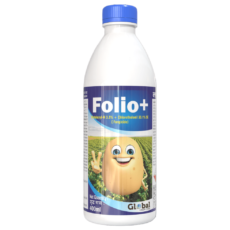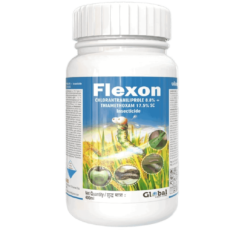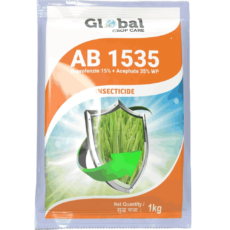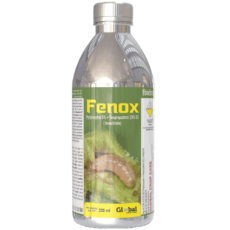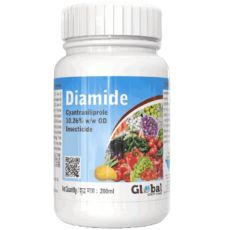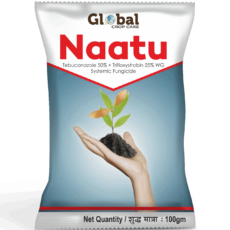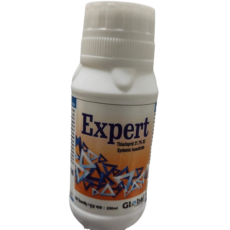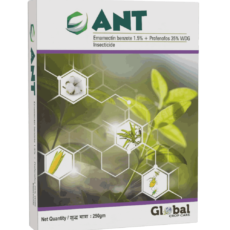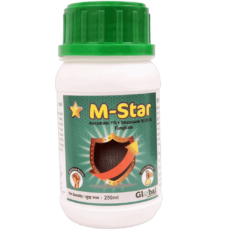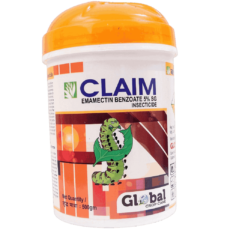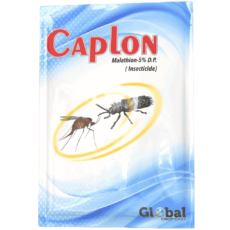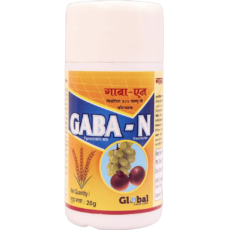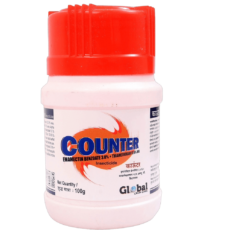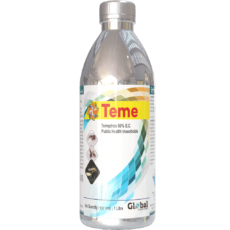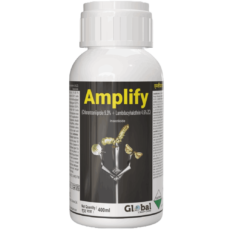Description
| Crop(s) | Common Name of Pest | Dosage/HA | Dilution in Water (lts) | Waiting Period between last spray to harvest (days) | |
| AI (gms) | Formulation (gms) | ||||
| Rice | Leaf & Neck blast disease Stem borer Brown plant hopper Green leaf hopper whorl maggot | 280+50 | 1000 | 500 | 58 |
ISOPROTHIOLANE 28% + FIPRONIL 5% EC
(Fungicide + Insecticide)
INGUS, Isoprothiolane being systemic absorbed by the plants and offers both protective and curative treatment against Rice blast disease. Fipronil gives a broad spectrum systemic and residual control of various insect & pest on Rice crop. Both actives together in the combination product offers significant advantage in controlling fungus and insects pests at the same time.
WARNING:- NOT TO BE USED ON CROPS AND PEST OTHER THAN MENTIONED ON LABEL & LEAFLETS NOT TO BE USED FOR POST HARVEST APPLICATION DANGEROUS/HARMFUL TO FISH – DO NOT CONTAMINATE LAKE, RIVER, PONDS OR STREAMS. DO NOT SPRAY DURING ACTIVE FORAGING PERIOD OF THE DAY. TOXIC TO HONEY BEE.
Direction of Use
Method of Application: It should be applied as foliar spray. No specific soil conditions are prescribed. Do not apply just before harvesting (after observing PHI). Uniform coverage is necessary for effective control of insect pests. A simple knapsack sprayer fitted with hollow cone nozzle type can be used for spraying. Preparation of Spray Solution: Mix the recommended does in ¼ of the recommended quantity of water to the spray tank with agitation. Add remaining quantity of water with continuous agitation. Ensure complete dispersion of the product in mix water before spraying of the spray solution. Maintain agitation while spraying. Time of application: Apply as soon as the before blast disease symptoms appear in the field and for the insect reaches Economic Threshold level (ETL) Weather should be clear, clam, no rains and no strong winds. Number of application: Two sprays are required at an interval of 15 days, depending upon the disease incidence and pest infestation. Re-entry Period: As soon as the spray dries up in the crop.
Time of Application
–
Precaution
Protective clothing should be worn while mixing and spraying. Wash contaminated clothes and body part of the body after application avoid inhalation, do not smoke, drink, eat and chew anything during application.
Symptoms Of Poisoning
Skin, eye, nose and throat irritation, palpitation, flushed face, sweating, nausea, vomiting, headache, stomachache, dizziness, weakness and seizure.
First Aid
Skin Contact: Wash material off the skin in flowing water or shower with soap. If irritation persists, consult a physician immediately. Eye Contact: Immediately flush with sufficient amount of water for at least 15 minutes. Consult a physician immediately. Inhalation: Remove the victim to fresh air and keep him warm and quiet. If not breathing, or breathing is difficult, give mouth to mouth respiration. Get a medical attention immediately. Ingestion: Do not induce vomiting unless told to do by doctor. Rinse mouth with water and give 1-2 glasses of water to drink. Get medical attention immediately.
Phytotoxicity
–
Antidote
No specific antidote is known. Apply symptomatic therapy.













